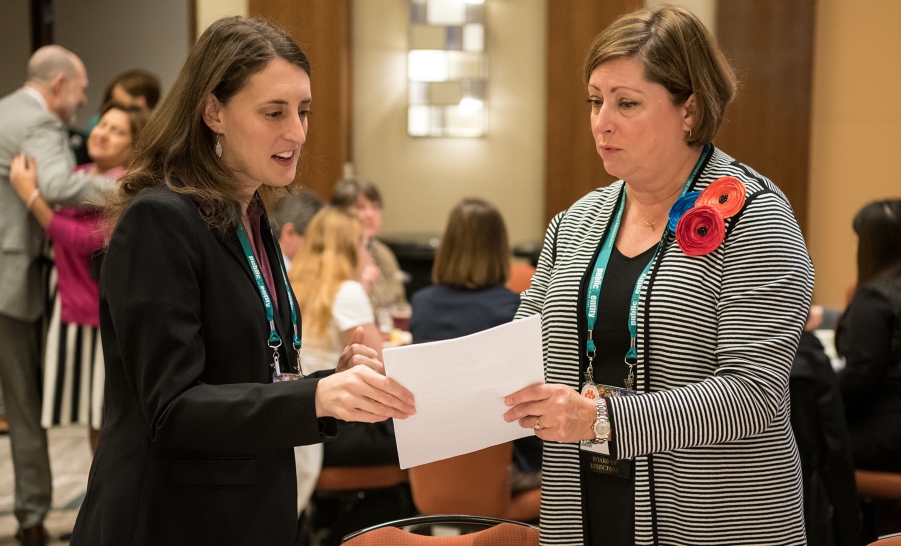First Generation College Student Success at Georgetown University
Georgetown University’s Scholarship Program provides low income and/or first generation college students with both emotional and financial support.
Jack, 2014 / Sociological Forum / June 2014

Existing explanations of class marginality predict similar social experiences for all lower-income undergraduates. This article extends this literature by presenting data highlighting the cultural and social contingencies that account for differences in experiences of class marginality. The degree of cultural and social dissimilarity between one’s life before and during college helps explain variation in experiences.
This study contrasts the experiences of two groups of lower-income, black undergraduates—the Doubly Disadvantaged and Privileged Poor. Although from comparable disadvantaged households and neighborhoods, they travel along divergent paths to college. Unlike the Doubly Disadvantaged, whose precollege experiences are localized, the Privileged Poor cross social boundaries for school. In college, the Doubly Disadvantaged report negative interactions with peers and professors and adopt isolationist strategies, while the Privileged Poor generally report positive interactions and adopt integrationist strategies. In addition to extending present conceptualizations of class marginality, this study advances our understanding of how and when class and culture matter in stratification processes in college.